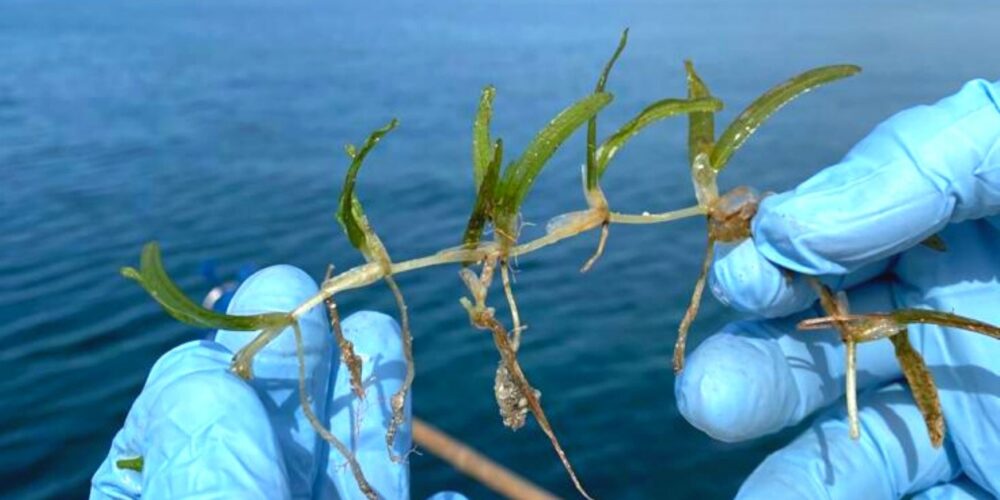They are marine mammals and breathe air, just like we do.
Pure vegetarians, the dugong – or sea cow – can eat up to 40 kilograms of seagrass a day.
Professor of Marine Biology at Texas A&M, Dr Chris Marshall says the largest population of dugongs is along the northern coast of Australia and what a lot of people don’t realize is that the Arabian Gulf has the second largest population in the world.
He says, “In Qatar in the winter time, a bunch of dugongs will aggregate and it’s the largest aggregation of dugongs in the world.
Researchers don’t know why dugong come together like this. It’s described as “very un-dugong-like behaviour”
A newly-funded research project aims to answer that very question.


Marine Environmentalist at Qatar University, Dr Mehsin AlYafei has been studying dugongs here for the last few years.
“It’s a new study,” he says. “It will be a little more advanced, we’ll focus only on the water, not on the land…. As previously our studies have focused more on the dead bodies, which were washed up. But now we are studying their life, their food, the sea floor, their habitat – everything. We’re hoping to find a lot of answers.”
It was while we were on the boat filming for Al Jazeera TV, that we saw the herd – hundreds moving together, an incredibly rare sighting, only Dr Mehsin’s second in all his years studying dugongs.
We heard them too. Soft grunt-like sounds as they came up for air. We saw their faces and tusks. It seemed there was a leader directing the way but this was just our observation, not scientific.
Dugong numbers are declining.
Dr Marshall says the last survey in 1986 counted around 6,000. Now people don’t see them as much as they used to.
Key to their survival is protecting their habitat – the seagrass they feed on. Also limiting the use of fishing in their areas as a large number die as “bycatch”, caught in nets.
The area off the north western coast of Qatar, where they aggregate during the winter months, is not a protected zone. Hopefully that will change one day.
“Our environment is rich,” says Dr Mehsin. “But we need to protect it, and this is part of everyone’s duty, not just the scientists, or the Ministry of Environment – no, It has to be everyone in this country.”





